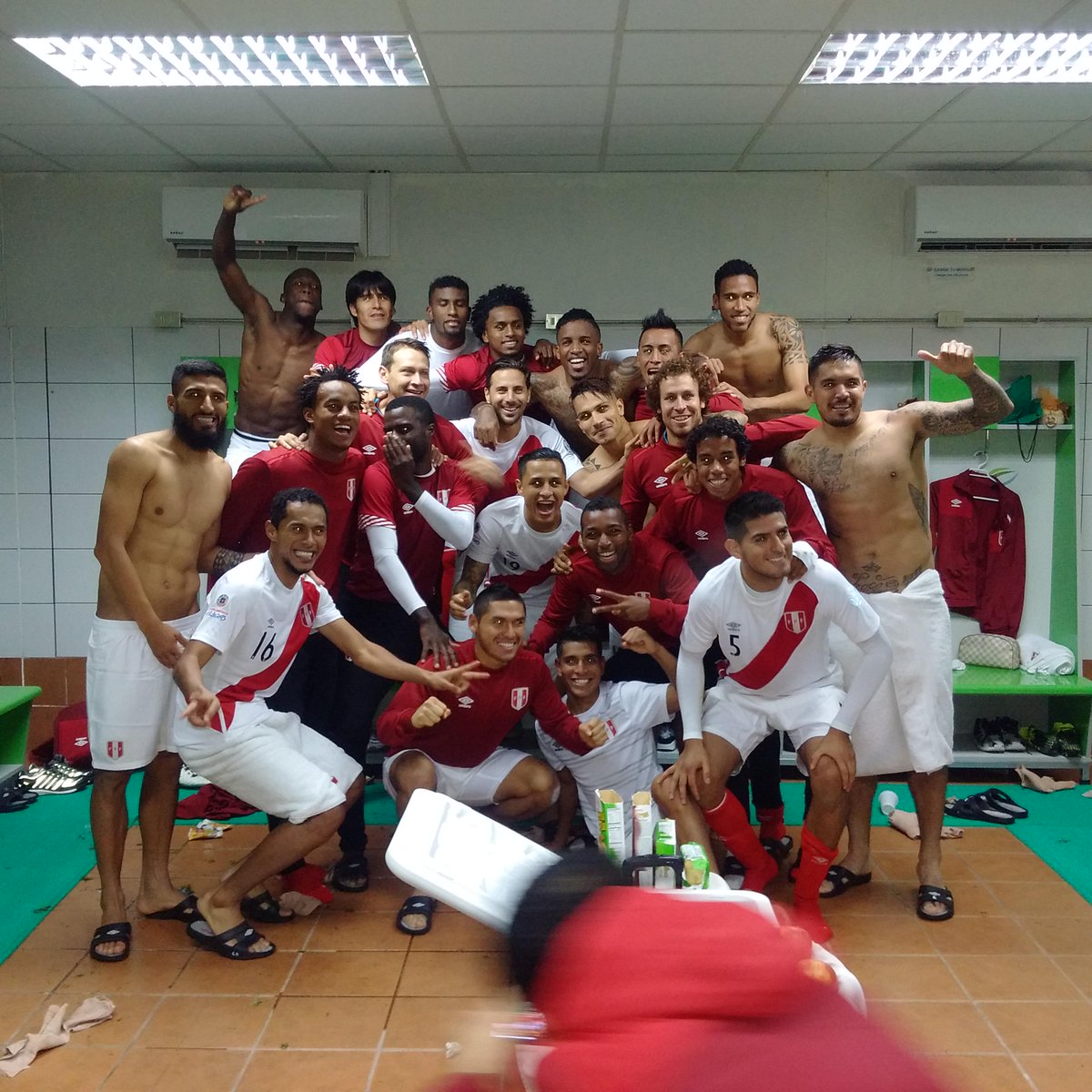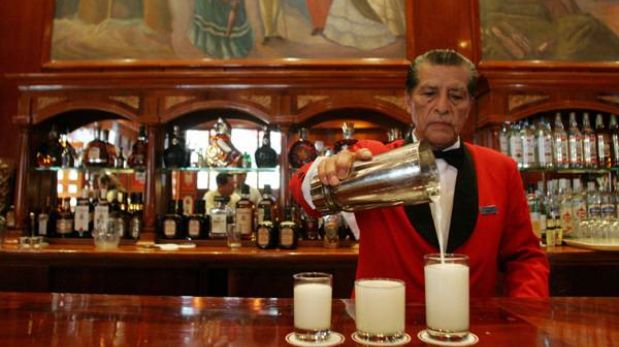 |
| Paracas peninsula photograph - Manuel Medir
©PromPeru
|
In 1924
Julio C. Tello and the North American archaeologist Samuel Lothrop travelled to
a secluded coastal peninsula a few hours south of Lima. There they found a landscape
ravaged by looters. The ground was pitted with holes. Anything
the tomb robbers had deemed to be of no value had been tossed aside. Human remains, pottery
shards and scraps of textile lay strewn across the desert.
Tello
and Lothrop carefully gathered up as much as they could salvage, piling it all
into a truck bound for Lima. The return trip coincided with one of the heaviest
rain deluges ever recorded in the area, turning the journey into a veritable
adventure. The vehicle with its gruesome burden advanced slowly along roads
which, at the best of times were rudimentary, but had now turned into a
quagmire of sodden sand. This was to mark the beginning of one of the most
important finds in Peruvian archaeology - the discovery of the Paracas culture.
A
year later Tello was back, with his assistant Mejía Xesspe. Over the next four
years excavations uncovered a series of
bottle-shaped tombs, and a steep slope crowded with conical funerary bundles.
The discovery
was extraordinary, eventually yielding up more than 400 funeral bundles - fardos. The textiles that wrapped the
bundles were startling; finely woven and embroidered with complex designs
representing geometric designs, humans and mythical animals. The colours were
still brilliant, having been
almost perfectly conserved in the desert environment.These
textiles are now known as some of the finest ever produced in pre-Columbian societies.
The materials were all carefully logged before being
packed in straw and jute sacks for transportation to Lima, where Tello, Hernan
and the rest of the team began the immense and intricate task of opening and
cataloging the bundles.
 |
| photo - MNAAHP |
But there were scant resources to deal with this major
find, and once the bundles had been removed from the dry desert environment
that had kept them for so long, it was a battle against time. Tello was always
fighting the system – struggling to get the funds and personnel he needed to effectively
conserve and document the material.
In this story. Hernan describes how Tello had no
qualms about going straight to the top to get a job done. He’s not adverse to a little clever strategizing
either, using his success at another site just outside Lima, Pachacámac, to lobby
for funds.
Happily he was successful. This is just the beginning
of the story, but the Paracas funeral bundles eventually became the flagship collection
of what is today Peru’s National Museum of Archaeology, Anthropology and
History.
On my most recent visit to Pachacámac the earth moved for me (literally) but that's another story. Hernan is writing over half a century ago and he flags
up an issue here which is increasingly relevant today. Pachacámac survives
relatively intact, but many of Lima’s lesser known huacas have fallen foul of
urban spread. Fragile sites have been lost forever to blatantly uncontrolled
construction.
And the question of access looms large over Peru’s most famous monument Machu Picchu. How long before visitor numbers begin to
cause serious issues for the site’s survival and integrity?
A matter of life or death
In which Tello goes in to bat with the big boys for his beloved museum
In which Tello goes in to bat with the big boys for his beloved museum
The museum needed more room. Of course we
would never get as much as Tello wanted, but for sure we needed more than the
new government building project would provide.






